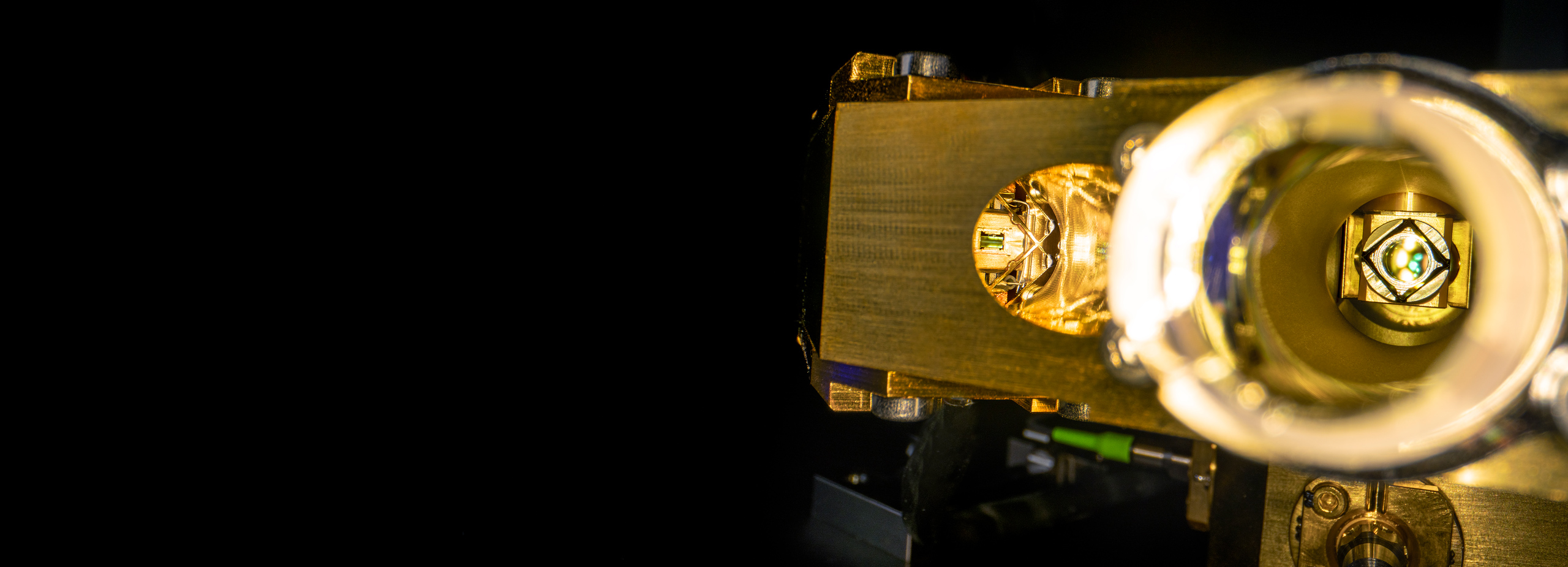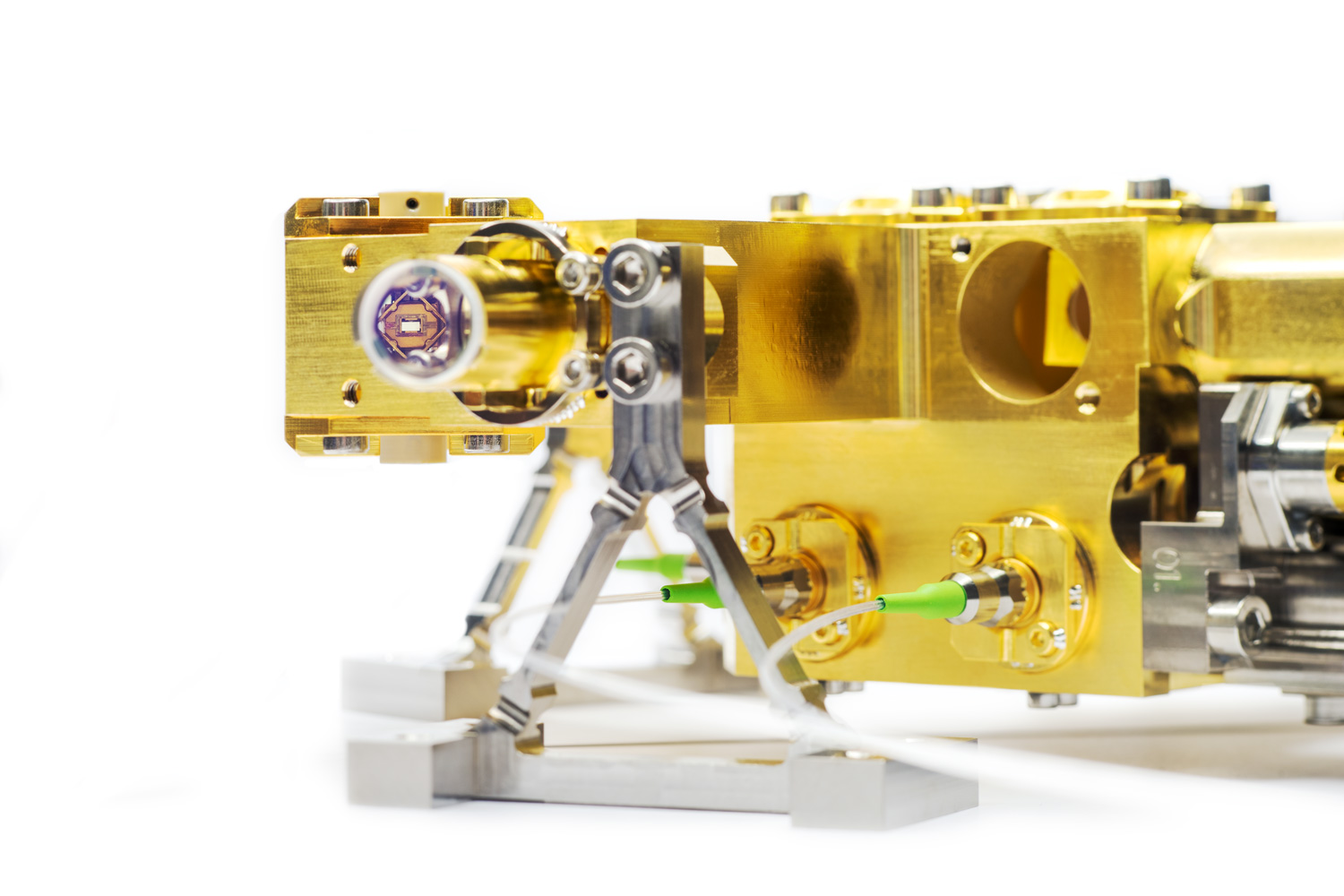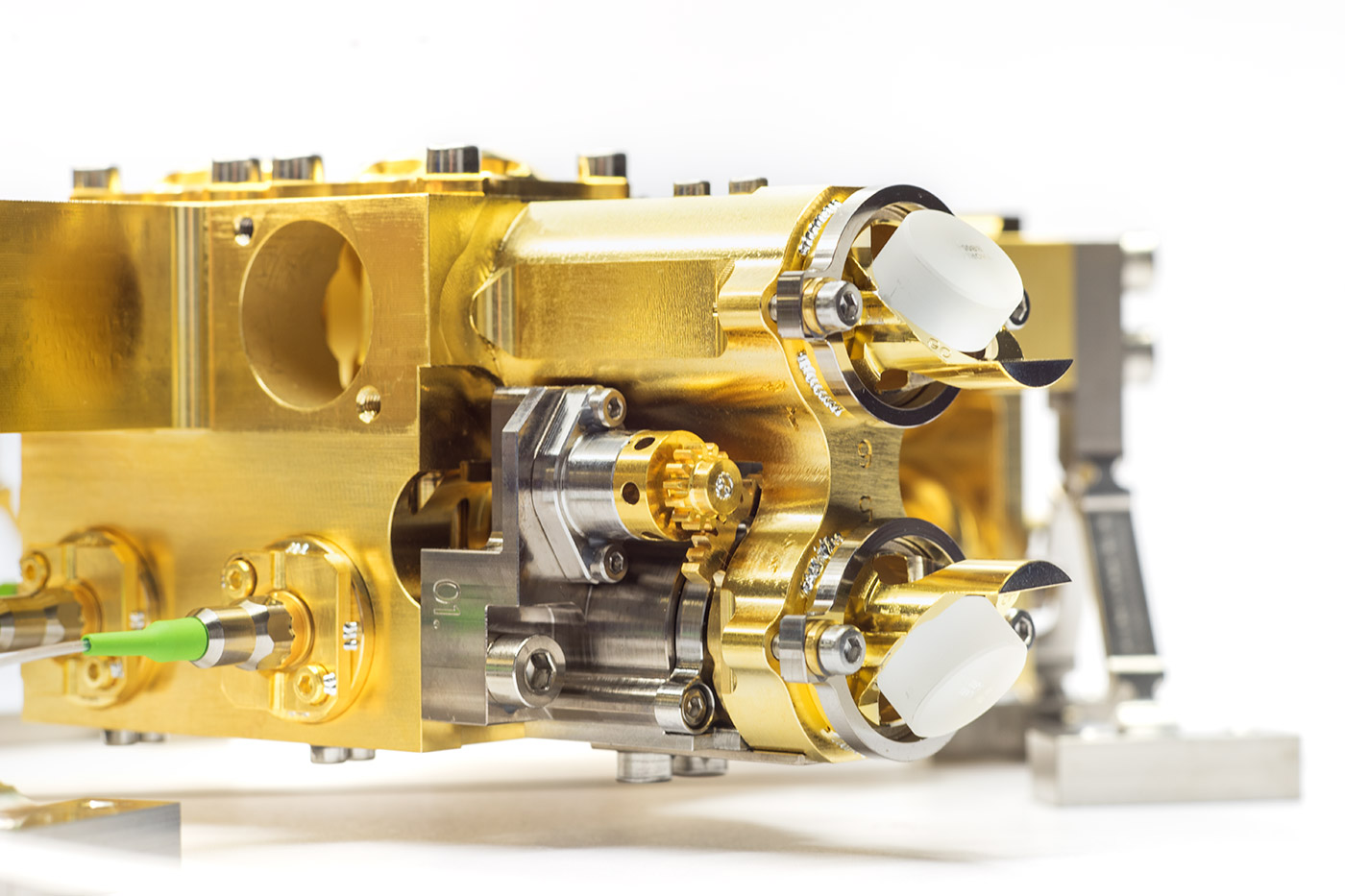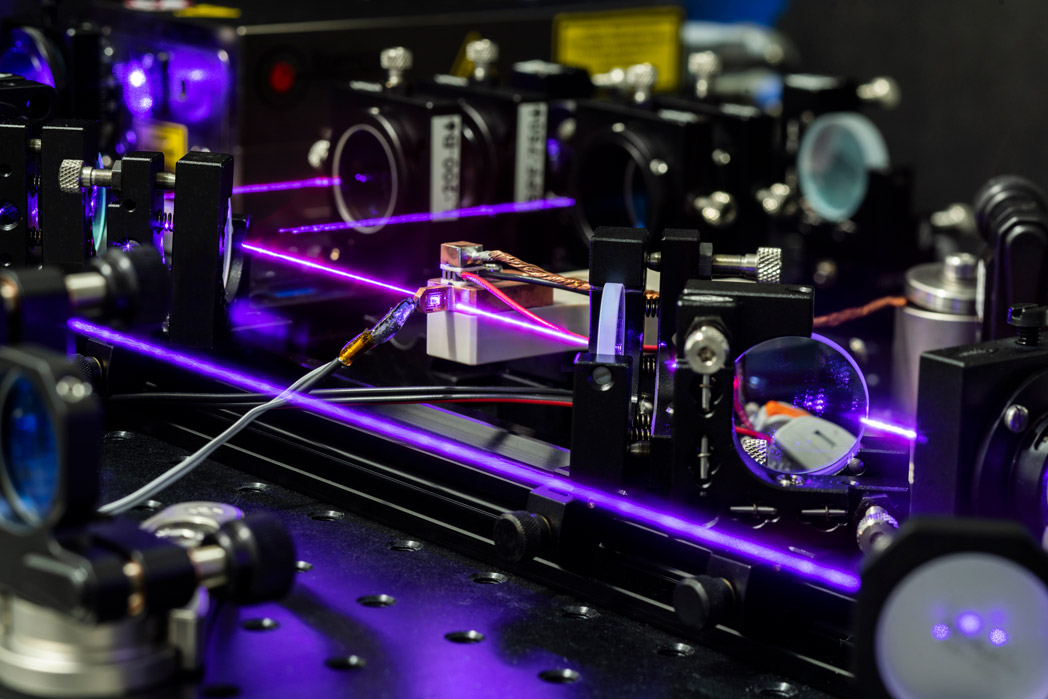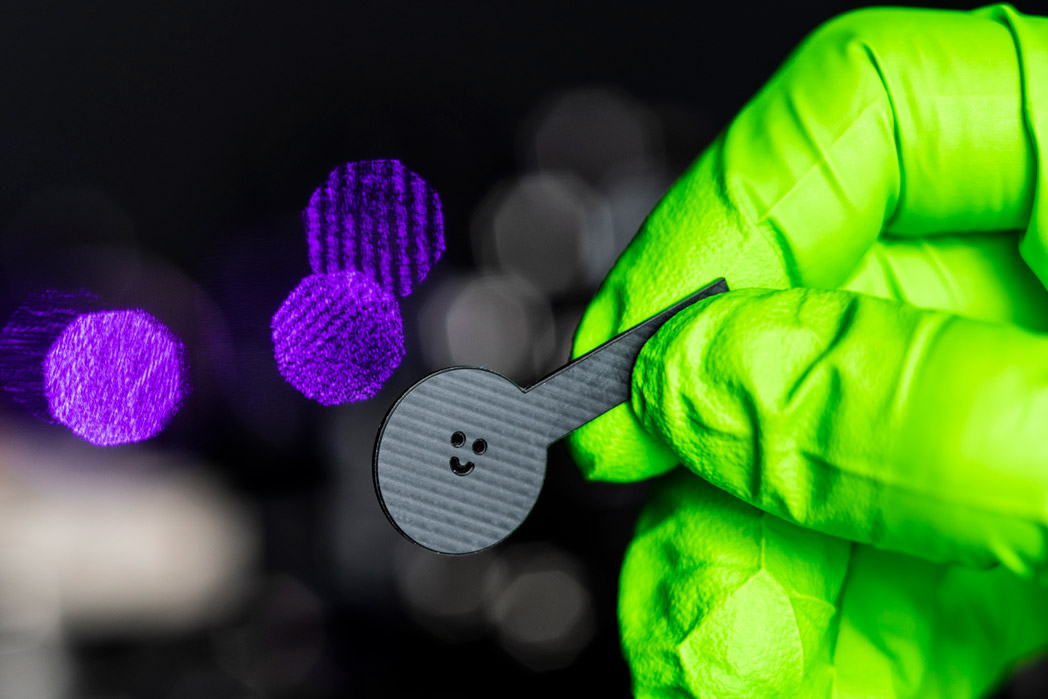Entangled photon source for tap-proof quantum communication
In the age of digital transformation, data must be protected today against the cyberattacks of tomorrow. An innovative method in the field of encryption is the so-called "Quantum Key Distribution", or QKD for short. It is designed to prevent sensitive and security-relevant (company) data from being stored today and read tomorrow with the help of more powerful computers.
QKD refers to the highly secure exchange of quantum keys. The data that needs to be exchanged is encrypted and decrypted when it is sent and received using a key generated by the exchange of entangled photons. Due to the quantum mechanical entanglement of the photons directed at the sender and receiver, the key is physically particularly secure. For this reason, QKD is considered the future of encrypted communication.
At Fraunhofer IOF, a stable, space-qualified source for entangled photon pairs (“Entangled Photon Source”, EPS for short) has been developed. In the EPS, a nonlinear, periodically poled crystal is pumped from two sides in a Sagnac-interferometer scheme. This source provides a significant contribution to QKD.
Datasheet: Entangled photon source for satellite-based communication
